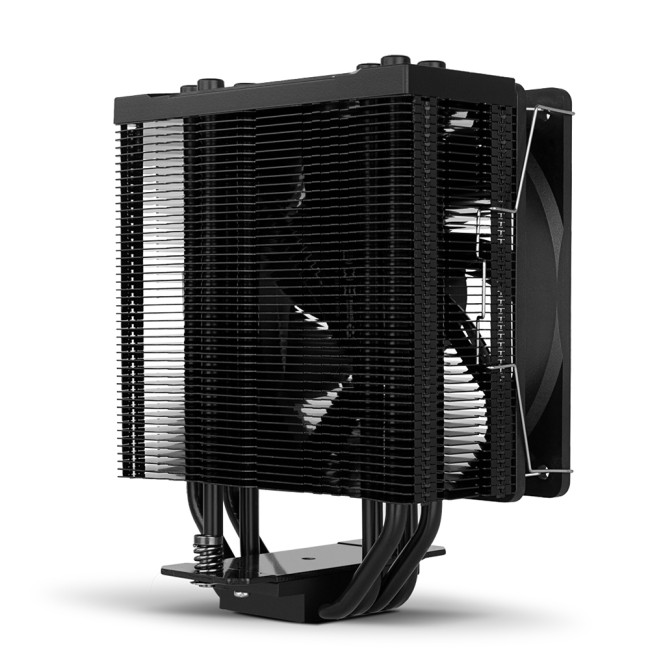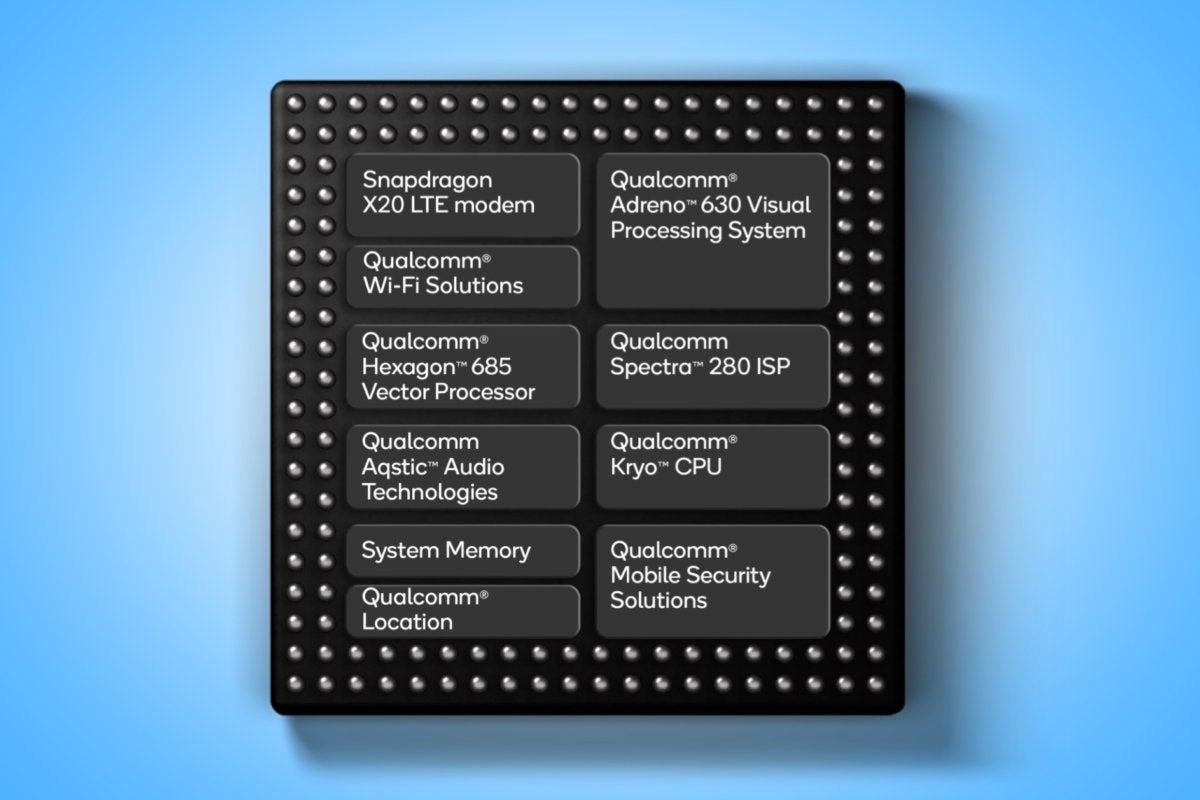
These tests are performed by giving real programs heavy workloads and then measuring the time it takes to complete. Use real-world benchmarks when you have specific plans in mind for your PC and need an accurate indication of performance for particular applications. Intel® Extreme Tuning Utility (Intel® XTU)stress tests CPUs in addition to overclocking them and monitoring their function.Įach of these applications feature a database of scores ranking many CPUs, making it easy to compare the relative power of processors at a glance.


Rather than testing the processor’s performance in a specific application (say, a 3D creativity suite or game), they simulate the workload an application may place on a CPU under different circumstances. The scores are “synthetic” because the tests used to calculate them are simulations. After measuring CPU performance levels at each task, the numbers are weighted and combined into a single score. Synthetic tests simulate many different tasks: 3D rendering, file compression, web browsing, floating-point calculations, and so on. Use synthetic benchmarks when looking for a quick, general comparison between CPUs. These fall into two categories: Synthetic and real-world. CPU reviewers rely on a range of different CPU benchmark tests to evaluate CPUs.


 0 kommentar(er)
0 kommentar(er)
